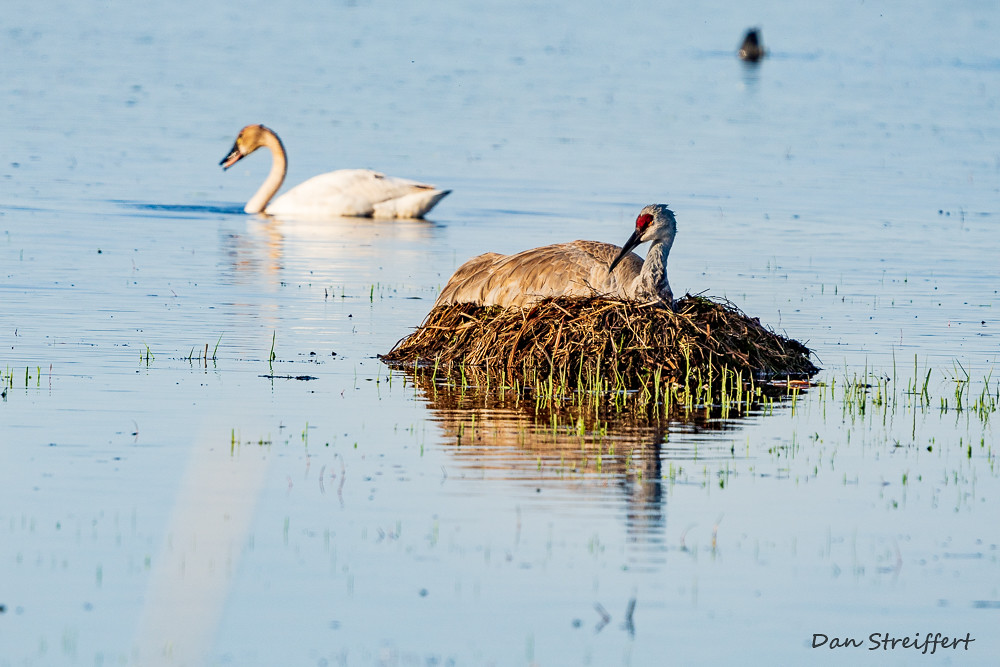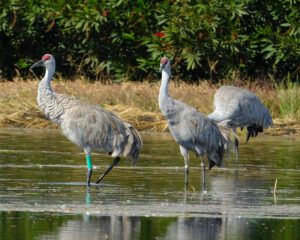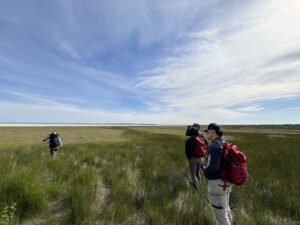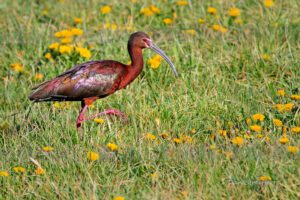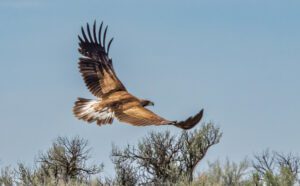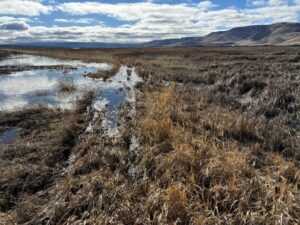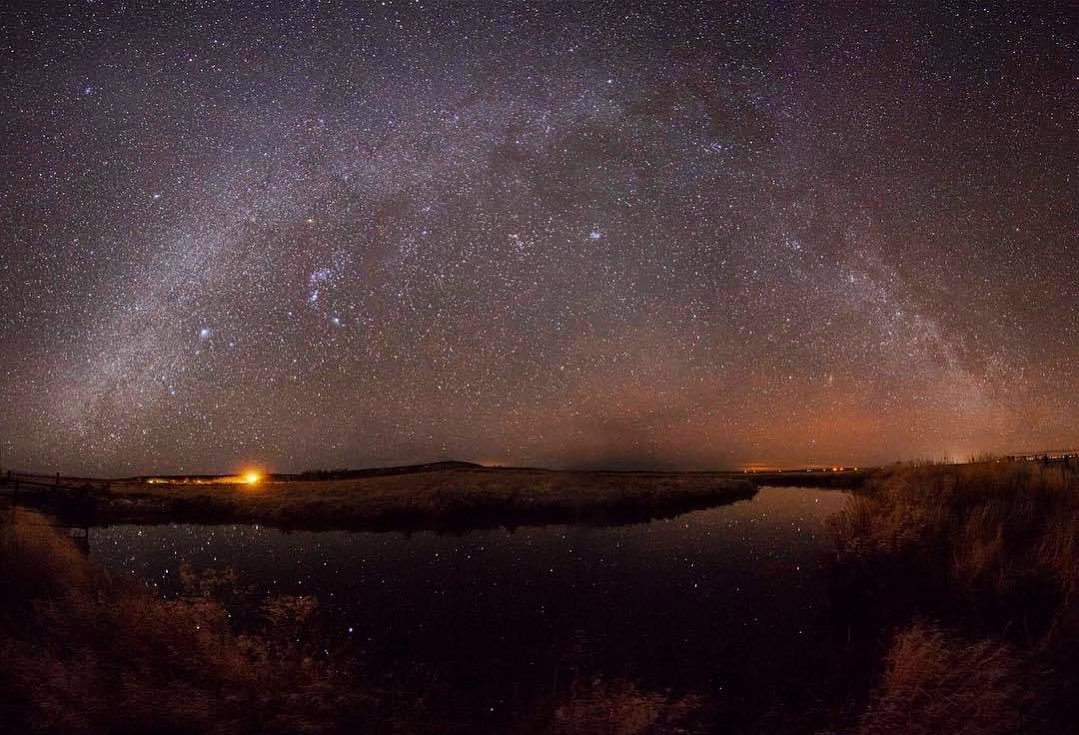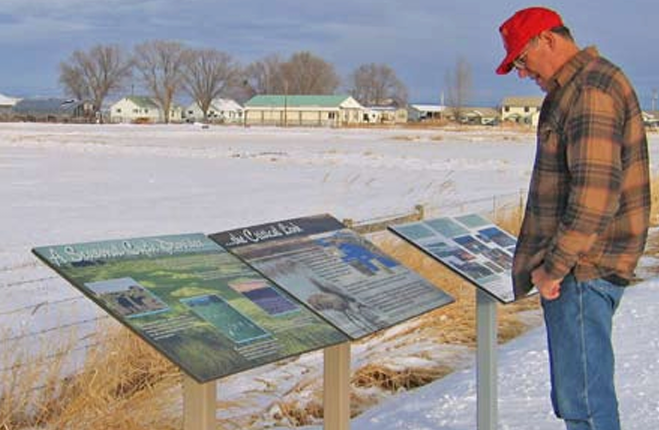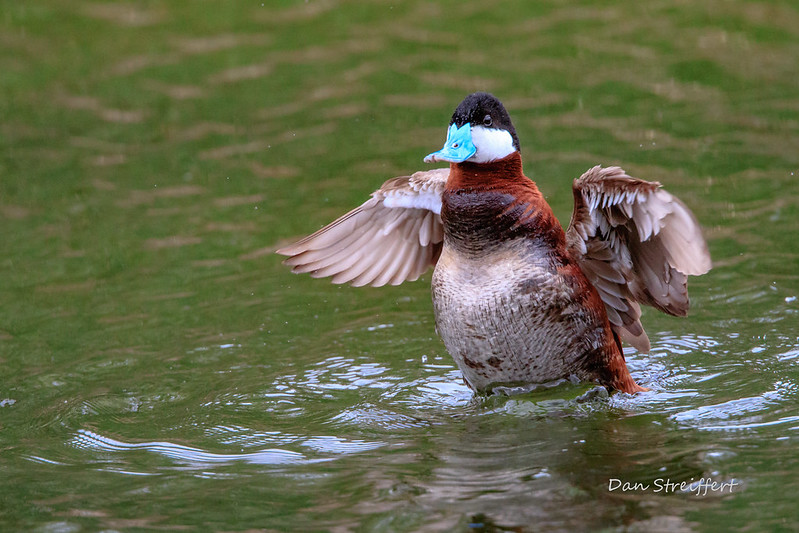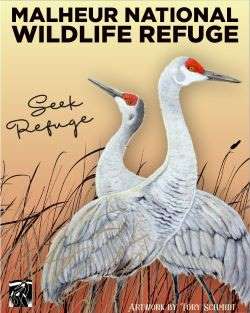Written by Janelle Wicks/Photos by Dan Streiffert
Spring is well under way and bird migration in full swing. As the birds return, so are the people! After a year of quarantining, stay at home orders, and travel restrictions, many are finding themselves eager to visit Malheur Refuge. Though, it can be a hard decision to make as Covid-19 cases are on the rise in Oregon while at the same time many people have been or will soon be fully vaccinated. If you are one of many who will make the trip to Malheur this spring, we are eager to welcome you, safely, back to the Refuge.
Malheur Refuge has remained open to the public throught the past year while the majority of its visitor-use facilities, such as the Refuge Visitor Center, Museum, Nature Center & Store and restrooms at Headquarters, were closed out of concern for public safety, says Brett Dean, Malheur National Wildlife Refuge Law Enforcement Officer. These facilities are now reopened with health and safety protocols in place. The Visitor Center and Nature Store are permitting 4 people at a time in doors. Plexiglass barriers have been put in place and hand sanitizer stations are placed in entryways.
A federal mask mandate remains in place for all federal buildings. This includes every building on the Refuge, even bathrooms and the museum. We ask that visitors stay vigilent at all times and maintain spatial distancing of at least 6′ where possible. When 6′ distancing is not possible, even outdoors, a mask is required on all public lands.
It is a great idea to just keep your mask with you at all times. It is also helpful to keep handy your own stash of hand sanitizer or wipes, and wash your hands as often as possible when you spend time in a public or high use space.
In 2020, Officer Dean reported seeing more and more visitors on the Refuge throughout spring in the Harney Basin. He says that while it may seem as though staff are largely absent from the Refuge, essential employees are very much hard at work ensuring that Refuge habitats are maintained, wildlife are monitored, and public safety is attended to. For this reason it is critical the visitors fully pull off of the road if they are stopping to observe birds. And remember, your car is your best bird blind!
“We’re out there patrolling, making sure folks are following the rules, writing citations if necessary,” Dean says. While there hasn’t been a noticeable increase in recreation violations, Dean says that one perennial issue is Refuge visitors trespassing into areas closed to the public. “We see a lot of people trying to get past those signs to get closer to birds and other wildlife for photos. We understand the urge, but those signs are there to protect wildlife and we ask that visitors respect that.”
Another issue that arose to some prominence in 2020 was visitors camping on the Refuge, which is strictly prohibited. Dean suspects that since most parks and campgrounds had been closed during the health crisis (including Page Springs Campground, a BLM site just outside of the Refuge), visitors wanting to camp in the area decided to try staying on the Refuge. Even now that Page Springs and many other camping accomodations are re-opened it is important to plan ahead and make sure that you have a safe and legal back-up plan for where you intend to stay the night.
Outside of those violations, Dean says that the majority of visitors respect the Refuge and practice responsible recreation: obeying signs and closures, packing out trash, and being respectful to wildlife and other visitors.

“Refuges are great places to experience nature and get away from home, especially in these current times, and we want to support that,” Dean says. “We just ask that visitors follow the rules. And most people do.”

